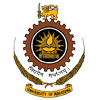|
Knowledge Management for Improving Quality of Clinical Care |
|
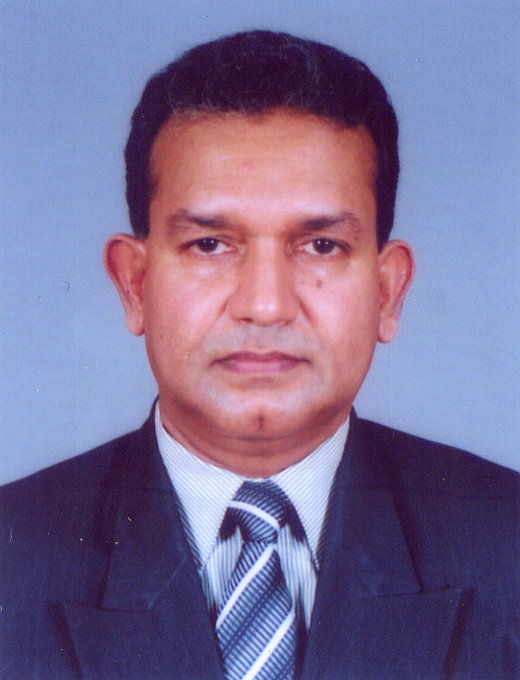 |
A well-defined Knowledge Management System (KMS) has the potential to address many information and knowledge-based clinical challenges. Thus, Amararachchi aimed to identify the requirements of a KMS for Medical Practitioners in remote and rural Healthcare Institutions and to develop a Knowledge Management framework for Clinical Care. More >> |
| Environmental Friendly Method for Textile Effluent Decolourization | |
 |
The textile dyeing industry produces huge quantities of wastewater with unfixed dyes, which generate colour and toxicity in discharged water, creating environmental pollution. In this study, Madushika investigated decolourization potential of textile dyes by microbial strains, which were isolated from local-environment, and their applicability in industrial wastewater decolourization. More >> |
| Advanced Design Criteria for Stronger Tower | |
| Telecommunication towers play a vital role in any country by seamlessly connecting the people in modern world including Sri Lanka. Due to tall slender nature and locations of towers, overall structural robustness and the structural adequacy of individual members and connections of these structures are utmost important under all kinds of extreme events such as cyclones, earthquakes, etc. More >> | |
| Service Quality Performance of Bus Transport | |
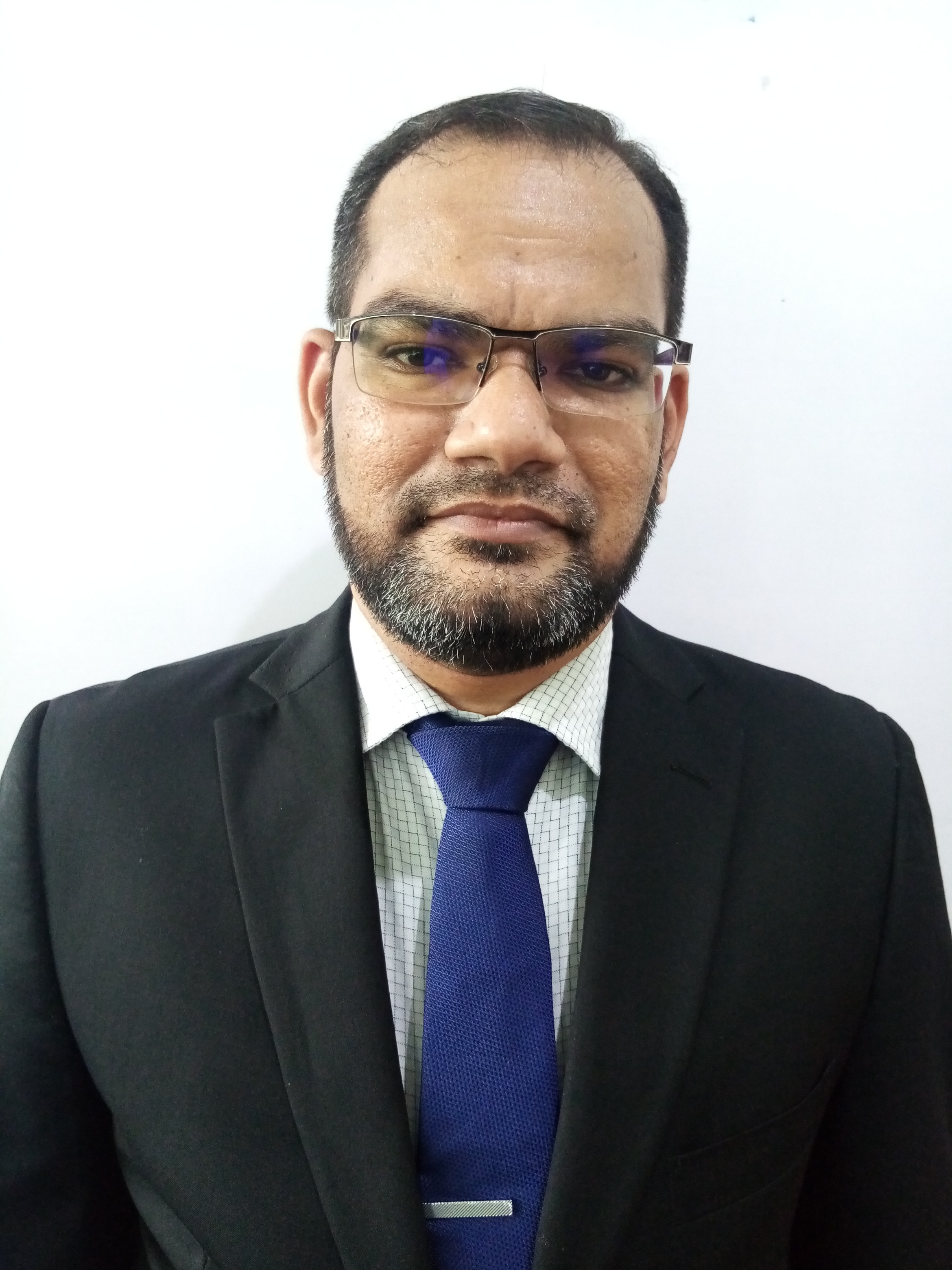 |
Sharic has investigated and developed indicators to evaluate the performance of service quality of public bus transport. The Threshold Enabled Earliness Index, Threshold Enabled Probability Value, Passenger Comfort Level Indexes for standing and seated passengers are the new indicators proposed by him to evaluate the performance of reliability, travel time and crowding levels respectively. He has also developed an algorithm to estimate passenger comfort levels indexes and fare revenue. More >> |
| Integrated TAM & TPB Models on Energy Conservation | |
 |
Jayaratne develops a scientific model using incentives, regulatory regimes, and new technology products to conserve electricity. It covers the scientific way of blending different interventions for changing customer intentions on energy conservation. It guides policymakers to solve the current peak power deficit in Sri Lanka. More>> |
| Designing better MOOCs by Leveraging Socio-technical Systems | |
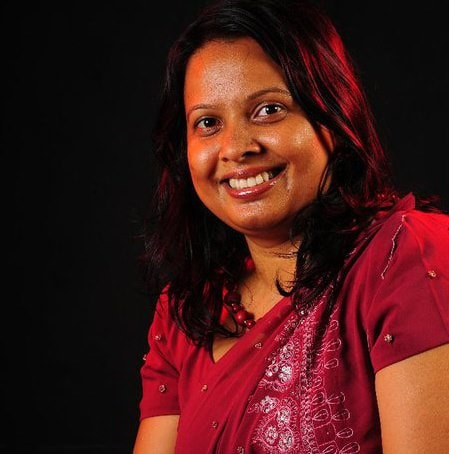 |
Massive Open Online Courses (MOOCs) are a type of online education technology that enables a massive number of participants to learn any course at anytime from anywhere. However, MOOCs are facing challenges. Mainly the content-driven pedagogical structure with limited system designs that support collaboration and interactions caused isolation among participants and led to higher dropouts. More >> |
| Meeting a Superior Tradeoff between Reliable and Spectral Efficiency in IoT Networks | |
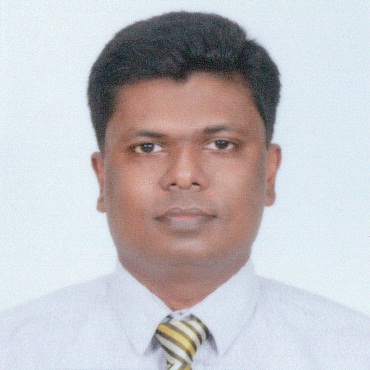 |
Deployment of error control (channel) coding to achieve a high reliability and use of network coding to achieve a high spectral efficiency in two-way wireless relay systems have been practiced over the years. However, the existing joint channel decoding, and network coding algorithms developed for two-way wireless relay systems cannot achieve a good reliability-spectral efficiency tradeoff in aforementioned, rapidly popularizing multi-way wireless relay system. More >> |
| Emotional Intelligence as a Stimulator of Technology Strategy for Business Success | |
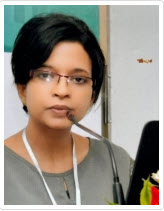 |
Quintessence of strategy is the capability of crafting and implementing business and technology strategies for superior value. However, there is a dearth of empirical studies investigating the effect of emotional capabilities in business and technology strategy. Hence, the study of Samangi aimed at an in-depth analysis of EI in facilitating technology strategy for business performance. More >> |
| Minimising Cost and Time Overruns in Construction Projects | |
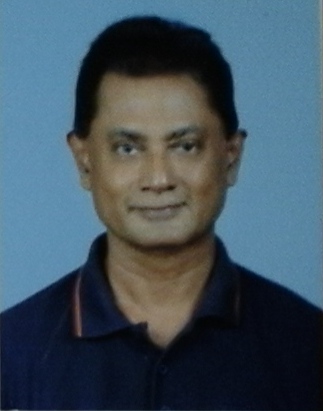 |
Cost and Time overruns are common occurrences in Construction Projects in Sri Lanka. These overruns dents profits and cause opportunity costs (financial, social, environmental etc.) to the stakeholders of projects. Inadequacy of inputs was identified as a significant contributory factor for such overruns. More>> |
| An Open-source Framework for Reservoir Management | |
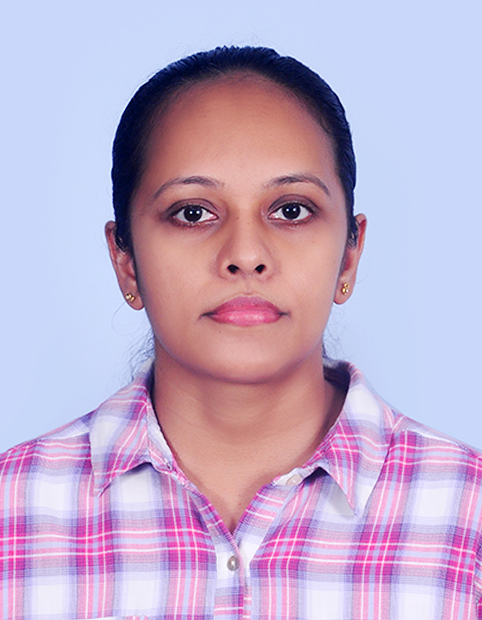 |
Presently, the reservoir operators of Sri Lanka, release water from the reservoirs once it reaches a particular threshold. This current practice increases the potential for dam failures, downstream flood risk, and public outrage. Warusawithana able to find a solution to this phenomenon through the 4ONSE(4 times open and Non Conventional technologies for sensing the Environment). More >> |
| New Direction for Earthen Construction | |
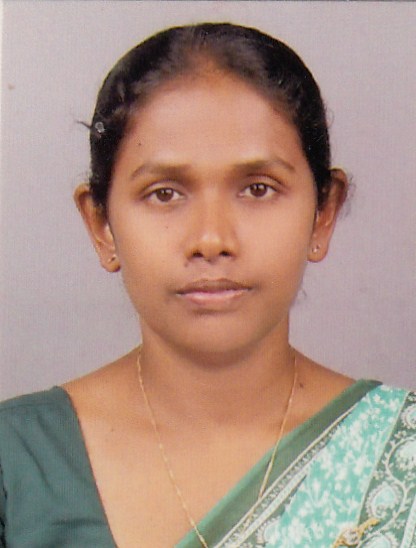 |
The history of the use of soil as a building material goes centuries back. Mud, adobe, rammed earth and bricks are traditionally available soil-based building materials. Demand for burnt-bricks cannot be fulfilled due to scarcity of raw materials and other environmental issues with clay mining. Compressed Stabilized Earth Block (CSEB) is an alternative with different additives, including cement, fly ash, and lime.More >> |
| Robots are Our Friends | |
 |
Intelligent robot companions that live with us can significantly improve our living standards. Therefore we want these robots to have human-like decision making skills and cognitive capabilities to tackle daily challenges in the surrounding. Due to the higher acceptance from humans, these robots receive higher attention from the current research community as well. More >> |
| Development of an Eco Flooring Coupled with Soil | |
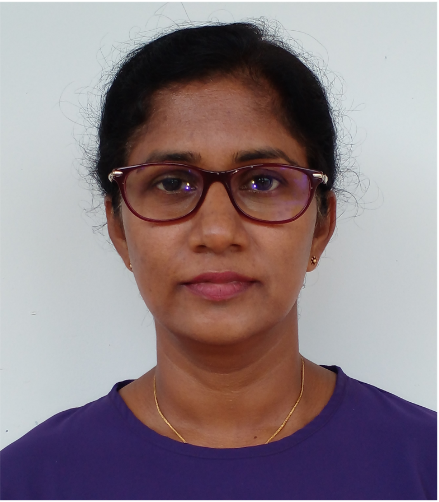 |
At present, people are more conscious on how their actions impact the environment. Since building materials are so important in sustainable development, this research has studies the feasibility of using earth as a flooring material. Following a series of laboratory and field experiments, it was revealed that earth could be utilized as a structurally sound flooring material. This concrete floor uses cement, additives, and water in addition to soil as the raw material. More>> |
| Dispersion Model for Indoor Air Pollutants to Mitigate Sick Building Syndrome | |
 |
We spend most of our time indoors, either at home or at work. It is essential to maintain a high level of health and safety inside all types of buildings. The phenomenon where the health conditions of the occupants are adversely affected due to the indoor environment is called “Sick Building Syndrome” (SBS). More >> |
| Lean Enabling Capacity Building for Construction SMEs | |
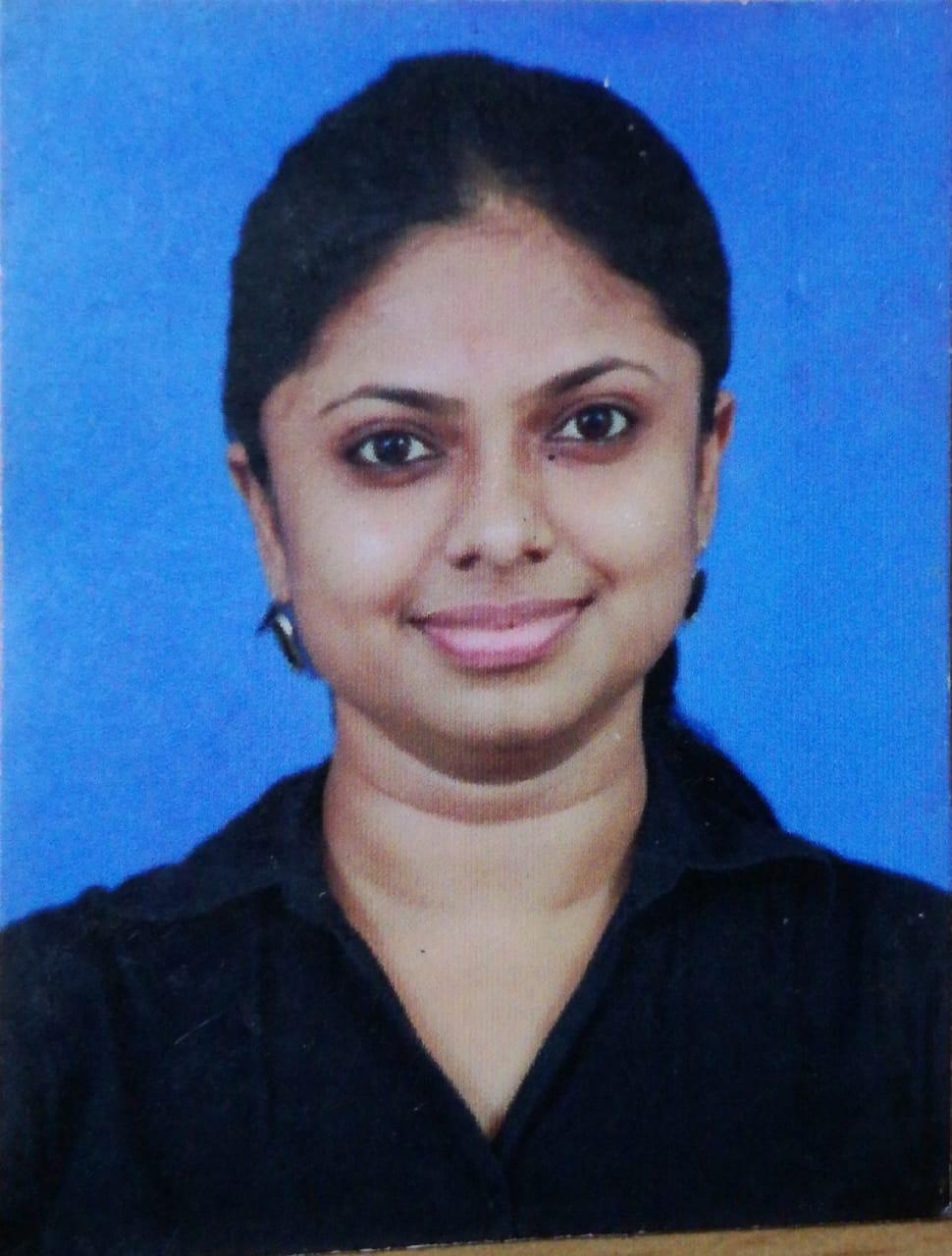 |
Lean implementation has embarked a positive trend in Small and Medium Enterprises (SMEs) in the construction industry. Although lean construction challenges and solutions to overcome them have been previously explored in the international arena, there is a dearth of research on lean in Sri Lankan context. More >> |
| Evaluating Transport Projects Comprehensively | |
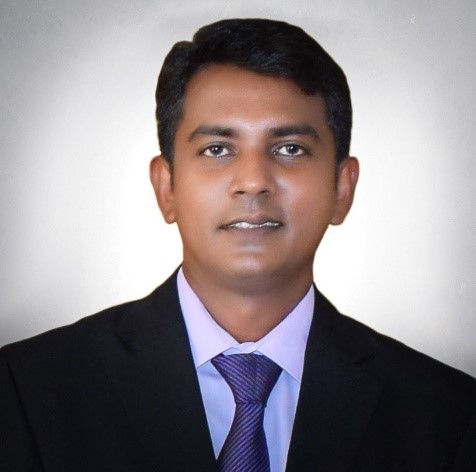 |
Transport projects underpin the economic development of a country and thus attract substantial demand imposing immense pressure on many governments primarily due to scarcity of the public resources required to implement them. Thus, the evaluation of transport projects is essential as it indicates how efficiently resources can be/or were allocated to a given project. More >> |
